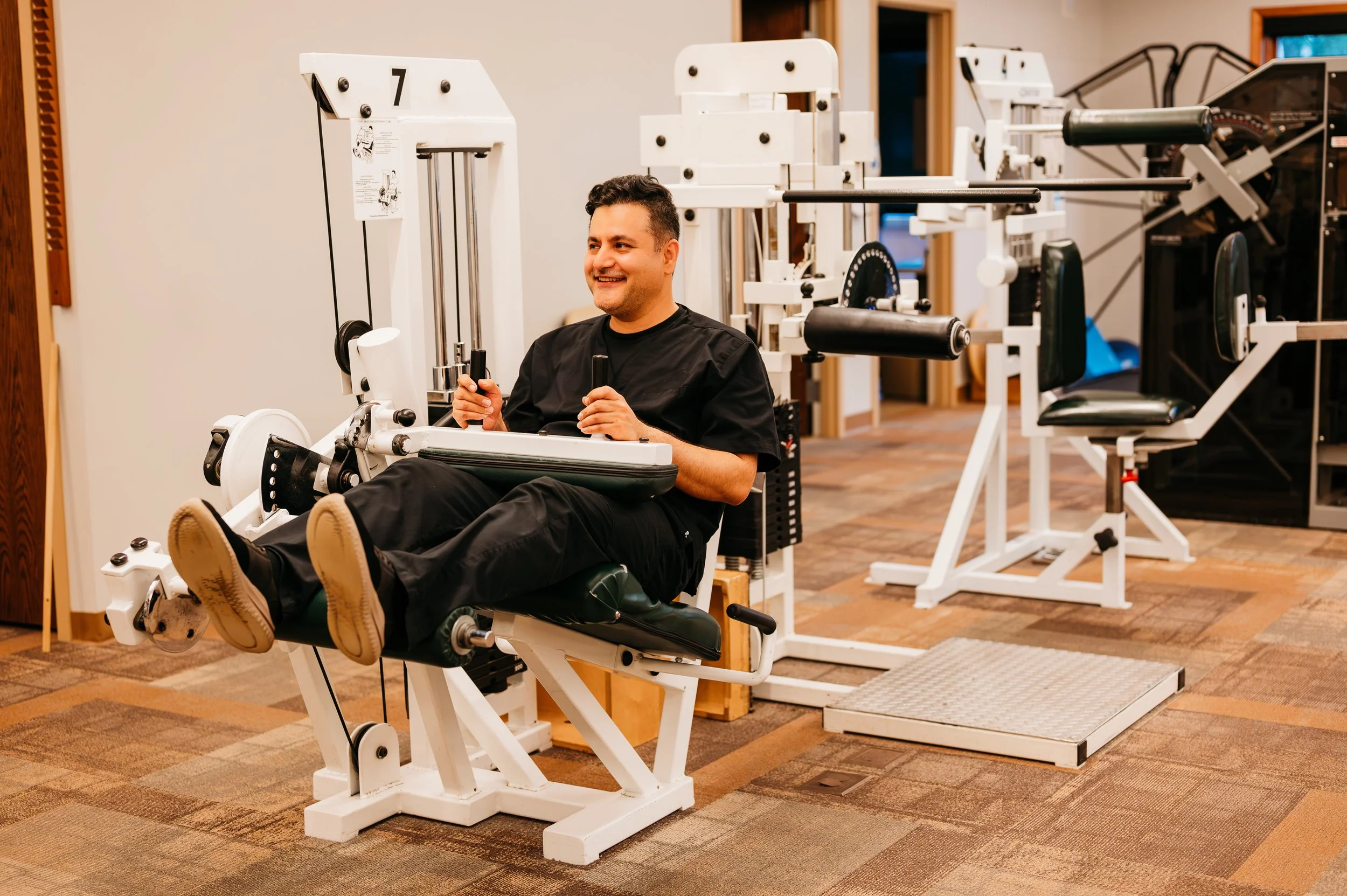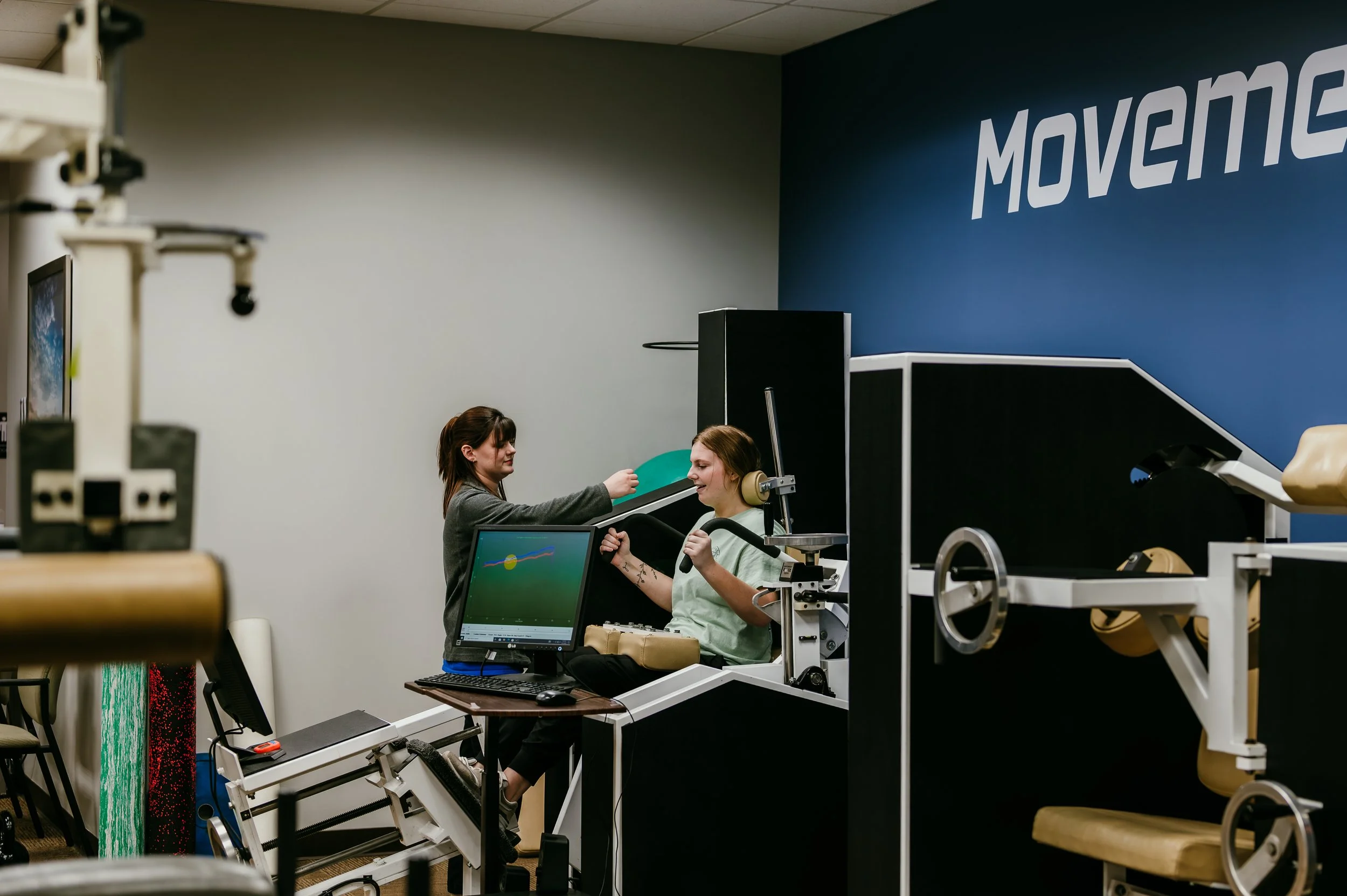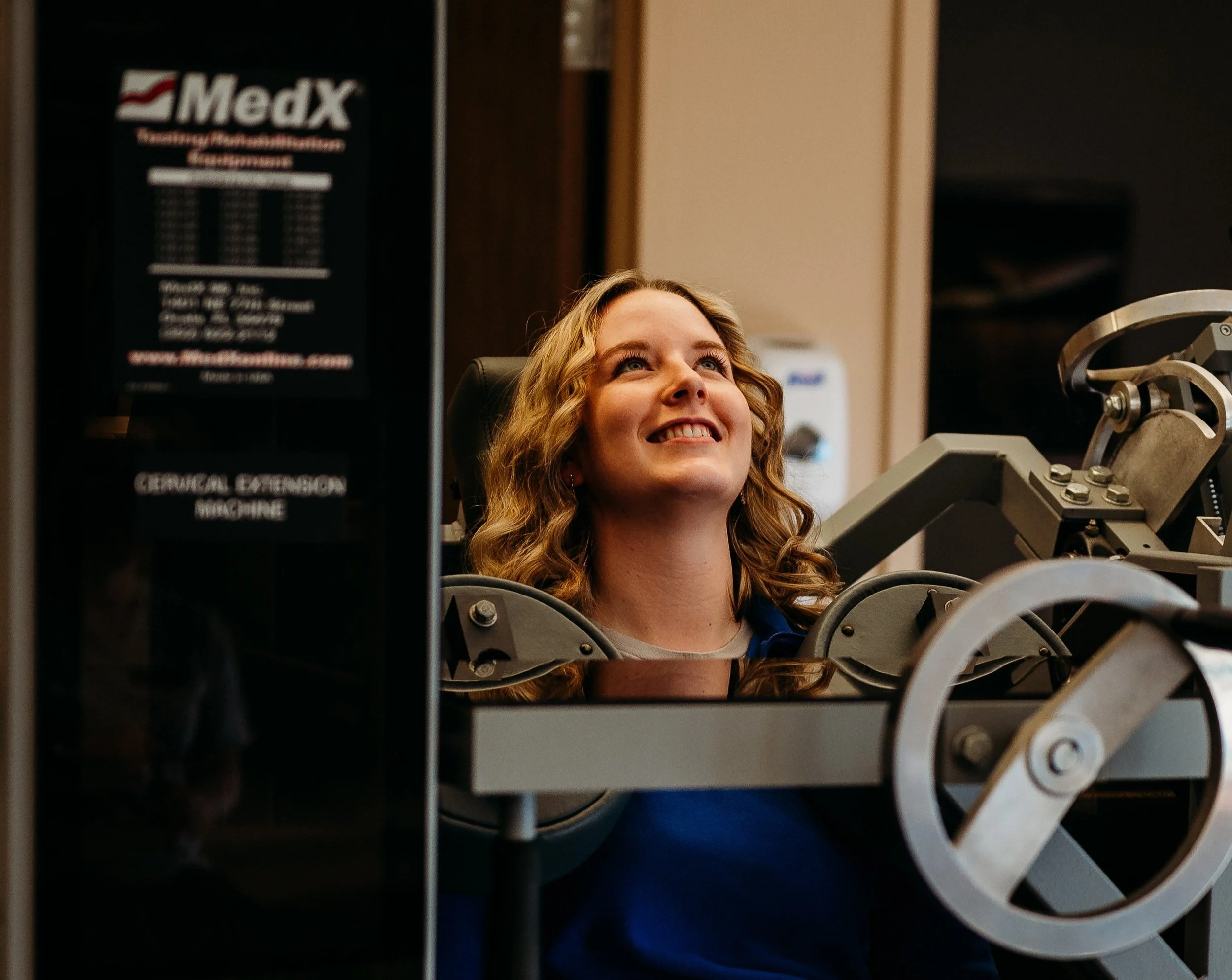
Physical Therapy
Expert Care for Pain Relief, Injury Recovery, and Better Mobility
Your Partner in Recovery
Physical Therapy is an essential component of our success at Associated Physicians Group (APG). We deliver exceptional outcomes for our patients through evidence-based therapy programs designed to restore function, reduce pain, and help you return to the activities you love.
Whether you’re dealing with low back pain, cervical neck pain, osteoarthritis of the knees, hip pain, ankle and other joint issues, or shoulder and rotator cuff problems, our team is here to help you reclaim your health safely and effectively.
Dr. Hamed Sadeghipour doing his therapy during lunch hour… we truly walk the talk!
Highly Trained, Certified Physical Therapists
Our Physical Therapists are among the most experienced and credentialed in the region. Each therapist brings advanced training across a wide range of treatment approaches, including:
Manual therapy and myofascial release
Joint mobilization
Therapeutic exercise and corrective movement
Neuromuscular re-education
Dry needling
Customized Bracing Systems to Support Recovery & Encourage Motion
Specialized rehabilitation protocols for acute injuries and long-term chronic conditions
Newer research indicates that contrary to traditional thought, bracing actually increases the body’s own ability to recover and heal quickly and does not serve as a “crutch” that further weakens the body. For example, recent studies have shown that the correct back brace provides much-needed stability, especially in lumbar applications, and reduces the pain signals, allowing rehabilitation efforts to progress more rapidly and, more importantly, more effectively.
This depth of expertise means your care plan will be comprehensive, precise, and tailored to your unique needs.
Comprehensive, State-of-the-Art Care
All APG locations feature a full suite of modern rehabilitation equipment to support your recovery. You’ll work with compassionate, skilled Physical Therapists and Physical Therapy Assistants who keep you motivated, accountable, and progressing safely every step of the way.
We take a thoughtful, stepwise approach to treatment, always guided by medical appropriateness. If pain is severe, our pain management physicians can help “cool off” inflammation and irritation, so you’re able to participate fully in therapy.
Physical Therapy is where you build strength, restore mobility, and prevent pain from returning.
Dedicated Medicare Patient Appointments
We value our Medicare patients and are committed to providing you with the care and attention you deserve. To make scheduling easier and ensure you receive timely treatment, we offer special reserved appointment times exclusively for Medicare beneficiaries.
These dedicated hours mean you can access personalized, one-on-one physical therapy without long waits. Whether you’re recovering from surgery, managing chronic pain, or working to improve your mobility, our experienced team is here to help you stay active, independent, and living life to the fullest.
Learn About the MedX Difference
Check out our page on the MedX Difference – our Individualized Physical Therapy & Strengthening Program for the Lumbar & Cervical Spine.
A strong back and core reduce pressure on weakened vertebrae and vertebral discs—which in turn relieves pain. The APG team collaborates to design a custom program for each patient to strengthen and rehabilitate the muscles that support the neck, back, and spine.
APG Physical Therapy — The Difference
The APG physical therapy & rehabilitation team is comprised of Physical Therapists and Physical Therapy Assistants who are dedicated to treating, healing, and preventing injuries.
Unlike many other facilities, we carefully manage the patient-to-therapist ratio to ensure individualized attention and thorough treatment at each and every appointment. Our therapists and assistants consult daily with other providers to ensure that progress is being made in the rehabilitation process and that any other issues are addressed immediately ensuring a successful, positive outcome.
While physical therapy and rehabilitation can often demand a lot from the patient, we strive to make each visit upbeat and positive. Working together, we help our patients get out of pain… and stay there.
• Arthritis
• Back, Neck and Extremity
• Foot & Ankle
• Headaches/Chronic
• TMJ
• Knee, Wrist, Elbow and Shoulder
• Osteoporosis
• Post-Surgical Spine Rehab
• Pregnancy Related Back Pain
• Sciatica/Leg Pain
• Sports Injuries
• Tendonitis
• Total Joint Replacement
• Bursitis
• Personal Injury/Slip & Fall
Specializing in Treatments For:
• Balance & Strength Training
• Biomechanical Evaluation
• Fall Prevention for Seniors
• Gait Training
• Joint Mobilization
• Sport Training/Conditioning
• Wheelchair Fitting
• Cupping
• Total Motion Release
• Vestibular Rehab Therapy
• Motor Vehicle Accident
• Work Comp
• Massage Therapy
• IASTM/Graston Techniques
We offer physical therapy in all of our Metro East locations:
O’Fallon, Edwardsville, Swansea and Alton, Illinois. To contact the office nearest you…
To Learn More About
Our Physical Therapists
Get Started Today
If you’re ready to experience the benefits of high-quality Physical Therapy, we’re here to help.
• Fast Appointments Available – No Long Wait Times, we can usually see you the same week!
• Most Major Insurance Accepted, Medicare & Tricare
• Personalized Treatment Plans for Lasting Results
• Open Access - You do not need a referral from your Primary Care Provider to see our Therapists.
Call us today at 888-363-8333 to schedule your first appointment and start your journey to lasting relief and recovery.







